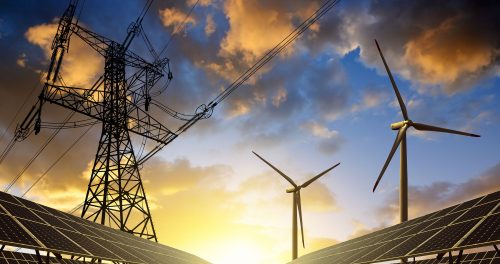
Electricity
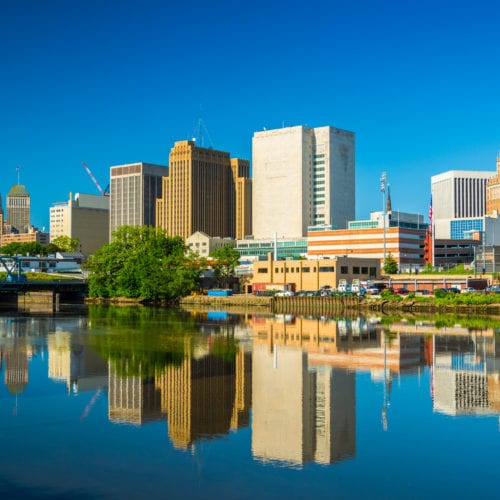
New Jersey Charts a Practical, Affordable Course to a Decarbonized Economy
New Jersey is planning comprehensively for economy-wide decarbonization, and putting meaningful, near-term policies in place to affordably reduce emissions This week, New Jersey released its 2019 Energy Master Plan (EMP) that shows how the state can take action today to affordably meet its ambitious 2050 clean energy and…
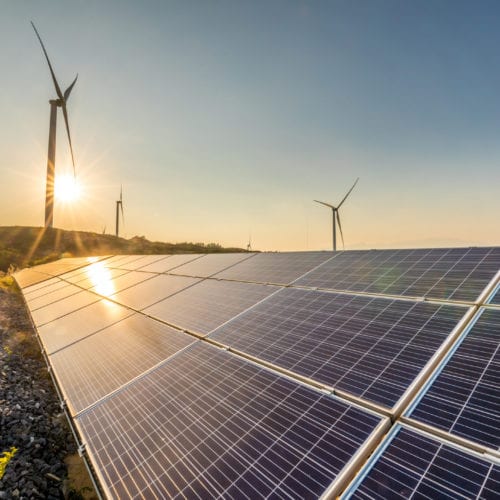
APS and the Momentum of 100 Percent Clean Energy
This week’s announcement by Arizona Public Service (APS) that it will fully decarbonize the electricity it sells to its customers is a major win for a clean energy future, both in Arizona and nationally. It is also part of a wave of announcements by states, cities, and utilities that…

Pipes or Wires?
This article is a guest posting by Audrey Schulman, co-executive director of HEET in Massachusetts. Audrey championed the Energy Shift Pilot Project, a project team at e–Lab Accelerator 2019. After the 2018 explosions in the Merrimack Valley, it has become a community priority…
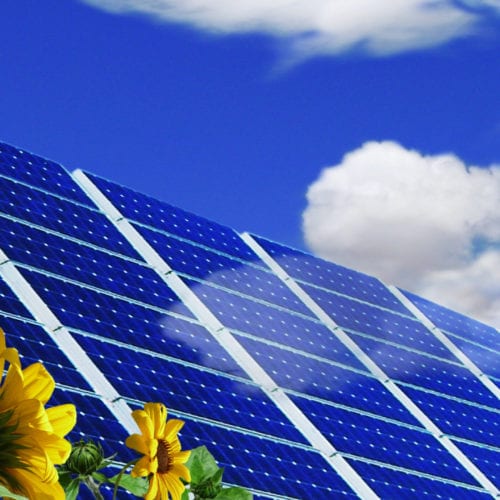
The Evolution of Rural Solar: from Panel Monocrops to Multiple Land Uses
photo credit: Center for Pollinators in Energy at Fresh Energy (a Minnesota-based clean energy nonprofit) Solar panels may harness the sun’s energy in the same way that plants do, but while some rural residents view them as another revenue-enhancing crop, others see them more as weed-like nuisances…
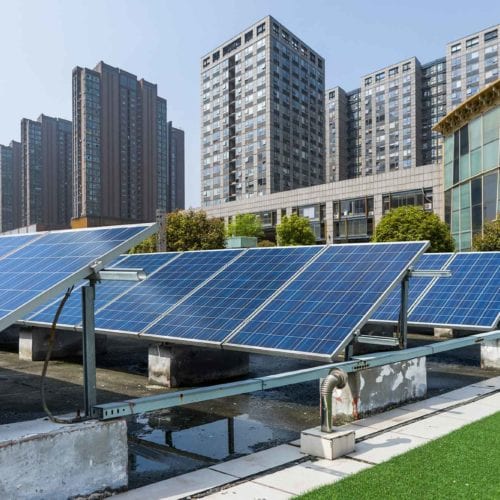
Think Distributed Solar-Plus-Storage Isn’t Cost-Effective? Think Again.
As shown in a recent RMI report, battery energy storage costs are less than a fifth of what they were a decade ago. This is enabling batteries to become cost-effective in a growing list of locations and use cases, such as balancing the grid, reducing customer demand peaks, and…